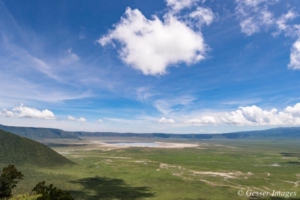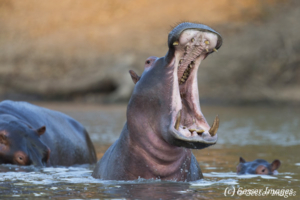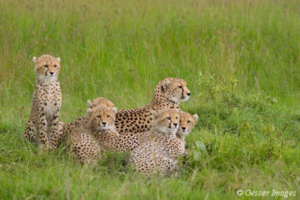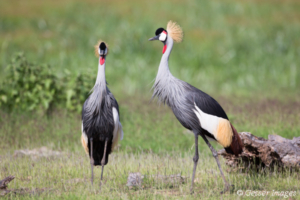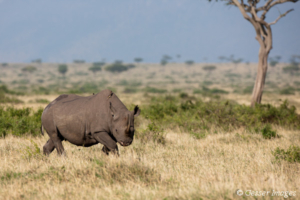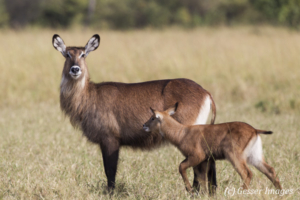Ngorongoro Crater
The Ngorongoro Crater is one of the great wonders of the world, containing some of the highest concentrations of wildlife of the African savannah. This explains its classification as a World Heritage Site by UNESCO. Ngorongoro is the largest closed and uninterrupted volcanic caldera in the world. The crater of 260 sqkm is located at a depth of 610m. Its steep walls mean that it has become a natural enclosure for a very wide variety of wildlife, including most of the species found in East Africa. A population of about 25,000 large animals lives in the crater, including the highest density of predators in Africa. These large animals include black rhinos, hippos, wildebeests, zebras, elands, Thomson’s and Grant’s gazelles, etc.
Directly surrounding the Ngorongoro Crater, volcanic highlands are part of the Great Rift Valley escarpment and create hidden valleys, smaller craters and breathtaking views of the plains of the Serengeti. Together the crater and the surrounding highlands form the Ngorongoro Conservation Area (NCA). The ancient traditions of the Maasai people have been well preserved in this area as their herds coexist with the wildebeests and the other groups of migratory animals.
This area is also the home to the famous Olduvai Gorge (where Drs Mary and Richard Leaky discovered the oldest footprints of Homo Erecticus, which confirmed East Africa as the cradle of mankind) and other important archaeological and historical sites. Many trails around this area are rarely used and offer the opportunity to explore this mountainous area almost privately.



